We were hooked. This writing project was a huge success. Students put in a great deal of effort, knowing that the end result of the project was going to be a tangible product that they could send digitally or hand to family members to read.
The site continues to offer new and exciting options. Paperback versions are now available, and students can even download copies directly. The Storyjumper version of digital storytelling allows for collaboration as several students can work simultaneously on one text. Click on the image below to see a sample, written by a former third grade student.
[media-credit id=11345 align="aligncenter" width="530"]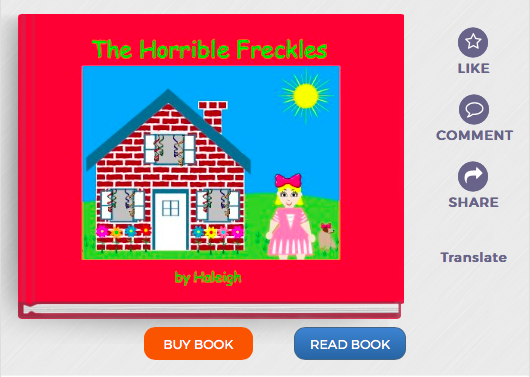 [/media-credit]
[/media-credit]
Over the years, since our first digital publishing experience, students in my classes have told their stories using several other websites and apps, each offering its own advantages.
Voiceover Project
While StoryJumper allows for publishing that appears like a book, Voicethread allows students to tell stories with their own voices, drawings and even videos. My students have used Voicethread to create digital stories — drawing pictures by hand and inserting them into a new project. After finishing the writing process, they practice their speaking skills and then complete their voiceovers. Voilà! One digital story is then completed.
A bonus with Voicethread is that viewers may comment on each other’s work via text, video or audio. I’ve seen time and time again that when students know that their classmates and parents will comment on their work, and are cognizant of the fact that there is a wider audience than solely their teacher, they tend to take more ownership of their projects.
[media-credit id=11345 align="aligncenter" width="640"]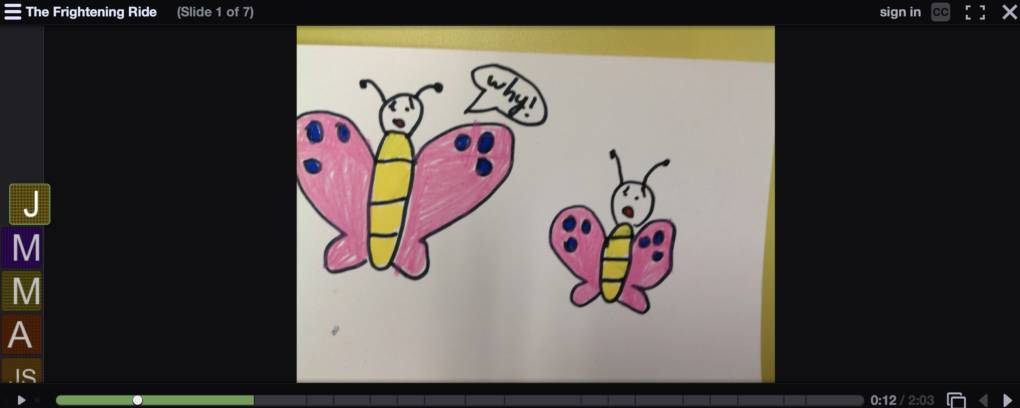 [/media-credit]
[/media-credit]
Mini Movie
One year, for our Persuade unit of study, students created trailers with iMovie, using powerful music to accompany video and text and argue one side of a case. Our class had a Skype session with Nixiwaka, an Amazon Indian from the Yawanawá tribe of Brazil.
[media-credit id=11345 align="aligncenter" width="640"]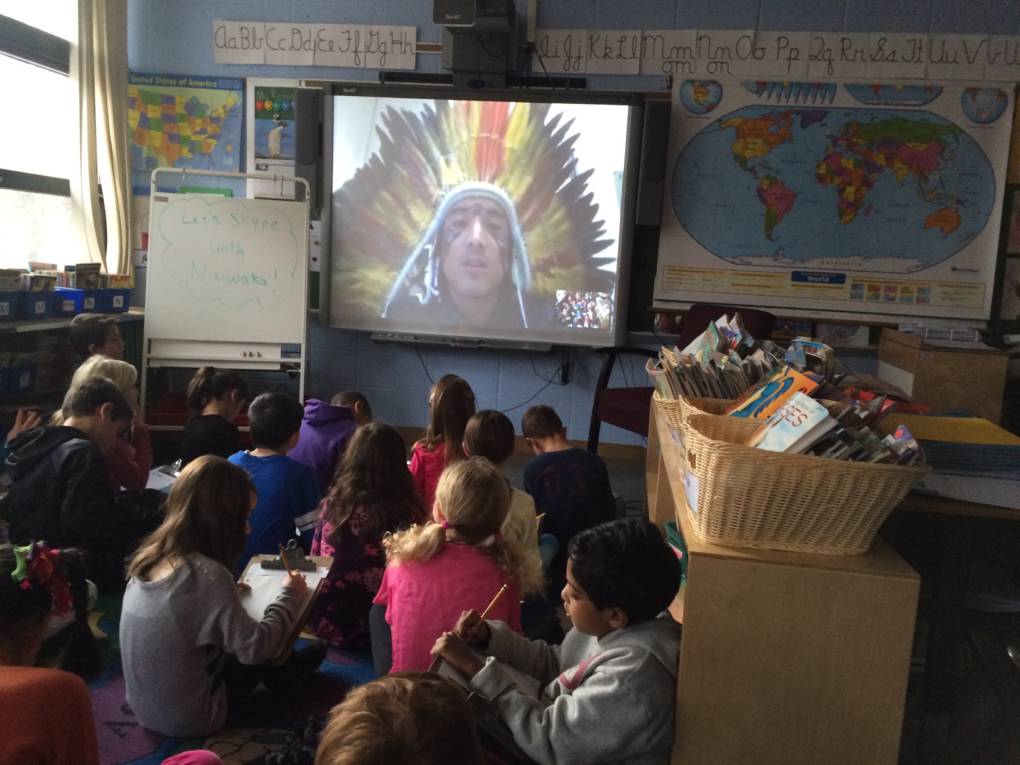 [/media-credit]
[/media-credit]
After an intense discussion, in which he shared his experiences encountering wildlife and of seeing the Amazon vanishing around him, my students were inspired to take action. They made trailers to convince the audience to save the rainforest.
[media-credit id=11345 align="aligncenter" width="640"]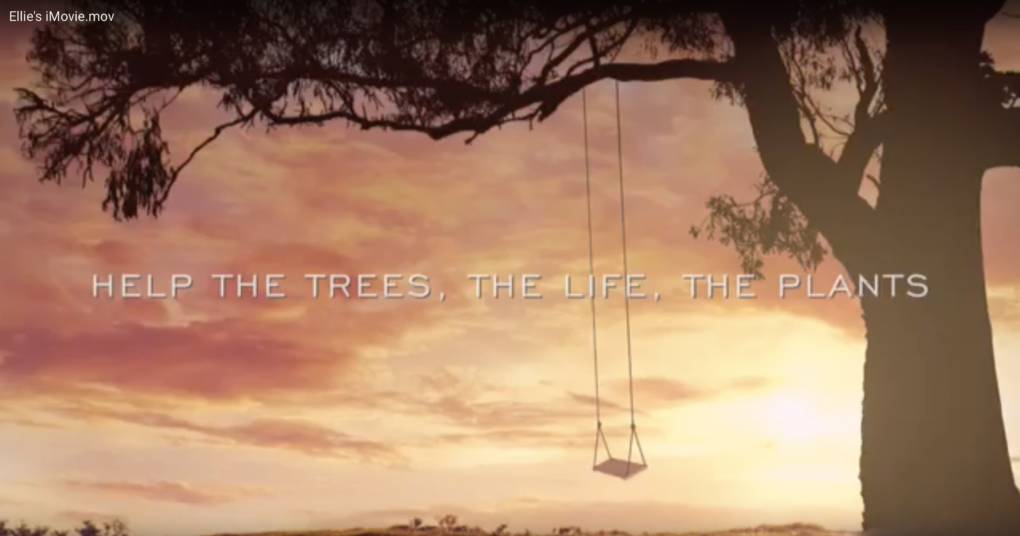 [/media-credit]
[/media-credit]
This experience fits into the discussion of the United Nations’ Sustainable Development Goals, Global Goal 13: Climate Action and Global Goal 15: Life on Land. More on that in a future post.
Simple Video
The most recent addition to my classroom repertoire is Flipgrid. The best part about this website and app is that it’s incredibly simple and straightforward. I showed my eight-year-old students how to use it, just once, and they immediately took over. After writing a paper book about birds, each student recorded what he/she learned about the bird. From Black-Capped Chickadees to Hummingbirds, students spoke about their life cycles, habitats and more. Flipgrid gives teachers a clear picture of what each student has learned from a research project.
[media-credit id=11345 align="aligncenter" width="640"]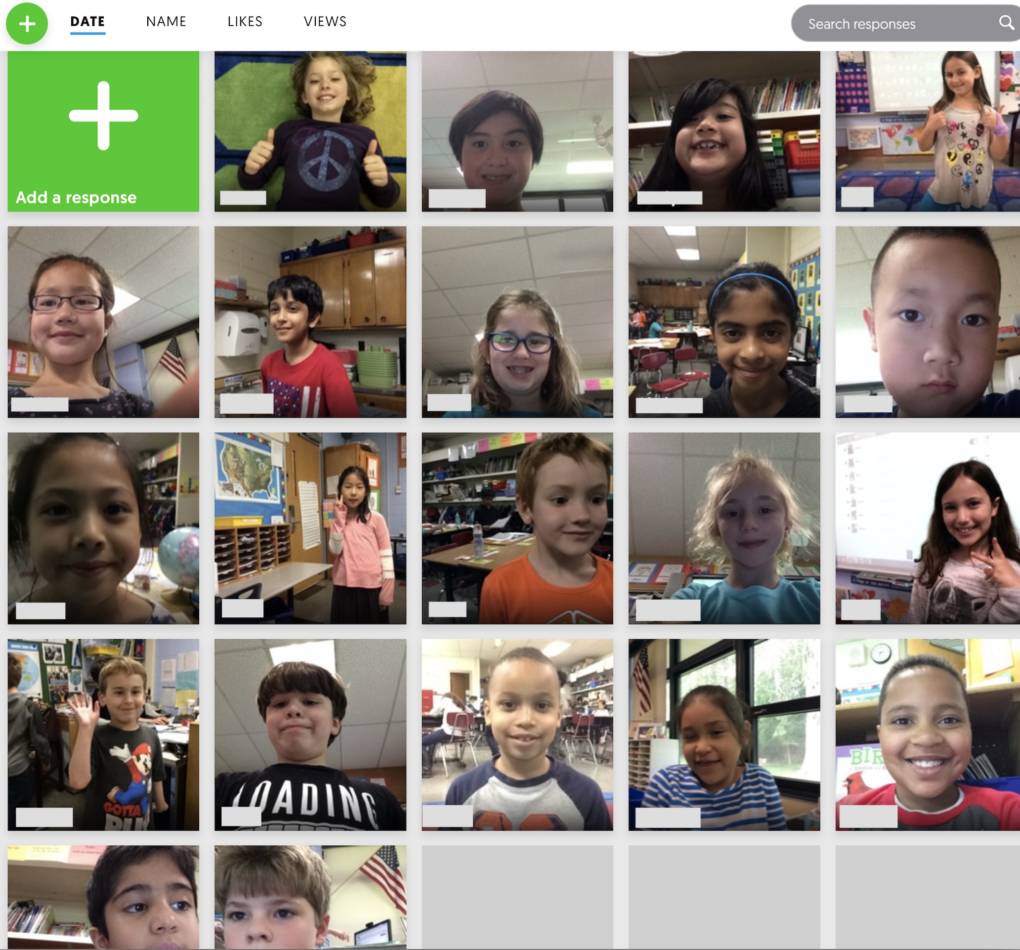 [/media-credit]
[/media-credit]
Teacher Storytelling
The examples I’ve given so far have focused on student-created projects. But keep in mind that digital storytelling is a terrific way for teachers to tell stories to their students, or to their professional communities. Microsoft’s Sway is an easy-to-use presentation program that offers templates and inspirational examples. Text, photos and videos are presented in a smooth and engaging format. For a quick tutorial, click here.
I’ve used Sway to share information about my professional experience in advance of speaking engagements. Students can use them for their own digital stories as well.
I could go on and on about the value of using digital publishing in the elementary school classroom. And I promise to add more in upcoming posts. In the meantime, I suggest giving just one of these projects a try. I’m confident you’ll be happy you did.


 [/media-credit]
[/media-credit] [/media-credit]
[/media-credit] [/media-credit]
[/media-credit] [/media-credit]
[/media-credit]